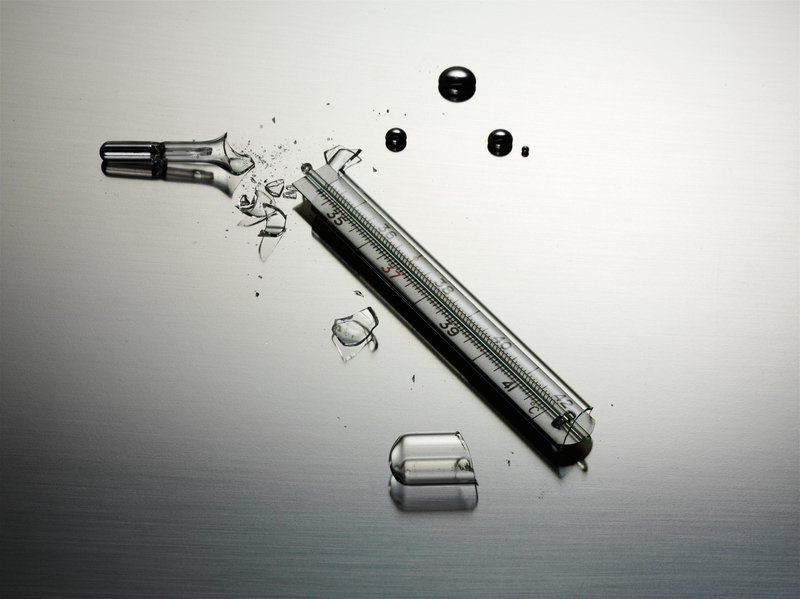Environmental Perks of Giving E-Waste a Second Life
In our fast-paced digital age, electronic waste, or e-waste, has become one of the fastest-growing waste streams in the world. But what happens when we give e-waste a second chance? This article delves into the environmental benefits of extending the life of our electronic devices through recycling, refurbishment, and sustainable consumption practices.
Understanding E-Waste
Before exploring the environmental perks, it's crucial to recognize what constitutes e-waste. E-waste includes any electronic product such as smartphones, computers, tablets, televisions, and home appliances that are discarded after use. As technology advances rapidly, the lifespan of these products tends to be shorter, exacerbating the e-waste issue.
The Scope of the E-waste Problem
It's estimated that over 50 million metric tons of e-waste are generated worldwide each year, a number that continues to grow. Many of these discarded electronics end up in landfills, contributing to pollution and posing severe environmental and health risks due to the toxic substances they contain, such as lead, mercury, and cadmium.

Benefits of Giving E-Waste a Second Life
Reducing Pollution and Conserving Resources
- Minimizing Landfill Contributions: By recycling and refurbishing electronics, we can significantly reduce the amount of e-waste that ends up in landfills, minimizing soil and water pollution from hazardous substances.
- Conserving Natural Resources: Recovering valuable materials from e-waste, such as gold, silver, and copper, reduces the need for mining new resources, thereby conserving the Earth's natural resources and reducing environmental degradation.
- Lowering Energy Usage: The process of recycling e-waste requires less energy than producing new electronics from raw materials, leading to lower greenhouse gas emissions and less strain on the planet's energy resources.
Promoting Sustainable Consumption
The concept of giving e-waste a second life encourages a shift towards a more sustainable consumption model. Consumers are inspired to reconsider their purchasing habits, opting for products that are designed to last longer or are more easily recyclable.
- Eco-Friendly Products: Manufacturers are incentivized to create eco-friendly designs, focusing on durable, repairable, and recyclable components.
- Life-cycle Assessment: Businesses increasingly adopt life-cycle assessments to evaluate the environmental impact of their products, promoting transparency and driving sustainable innovations.
The Economic and Social Upside of Extending E-Waste Lifecycle
Creating Jobs and Boosting Economies
Recycling and refurbishing e-waste create employment opportunities in collection, dismantling, repair, and sales. This burgeoning industry has the potential to generate a significant number of jobs, contributing to local and national economies.
Improving Access to Technology
When e-waste is refurbished, it offers affordable technology options for people who may not have the means to purchase new devices. This accessibility can empower individuals, bridging the digital divide, and promoting educational and economic opportunities.

How to Give E-Waste a Second Life
Adopting eco-friendly e-waste management practices can lead to substantial positive impacts on both the environment and society. Here are some effective strategies:
Recycling Programs
Many organizations and governments have established e-waste recycling programs that encourage consumers to recycle their old electronics rather than dispose of them in landfills. Participating in these programs ensures that valuable materials are recovered and hazardous materials are handled safely.
Consumer Awareness and Responsibility
Education plays a vital role in promoting responsible e-waste management. Consumers should be informed about the harmful effects of e-waste and the benefits of recycling and refurbishment. Additionally, they should be encouraged to buy from companies that prioritize sustainability and offer buy-back or take-back schemes for older products.
Policy and Legislation
Strong legislation and policies are essential to regulate e-waste management effectively. Governments should enforce regulations that require manufacturers to manage electronic disposal responsibly, establish benchmarks for recycling rates, and support research into sustainable technologies.
Conclusion
Giving e-waste a second life is not just an environmentally responsible action; it also presents significant economic and social benefits. As technology continues to play an integral role in our lives, embracing sustainable e-waste management practices is imperative to ensure a healthier planet for future generations. By taking steps to recycle, refurbish, and responsibly consume electronics, we can drive a positive change that extends far beyond our personal devices.
Remember, the journey to a sustainable future begins with small actions. Start today by recycling responsibly and choosing eco-friendly electronics. Together, we can make a difference.